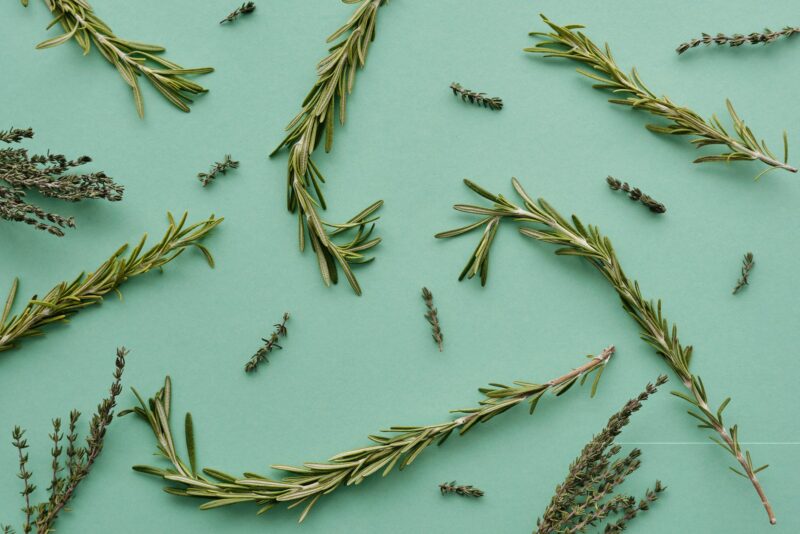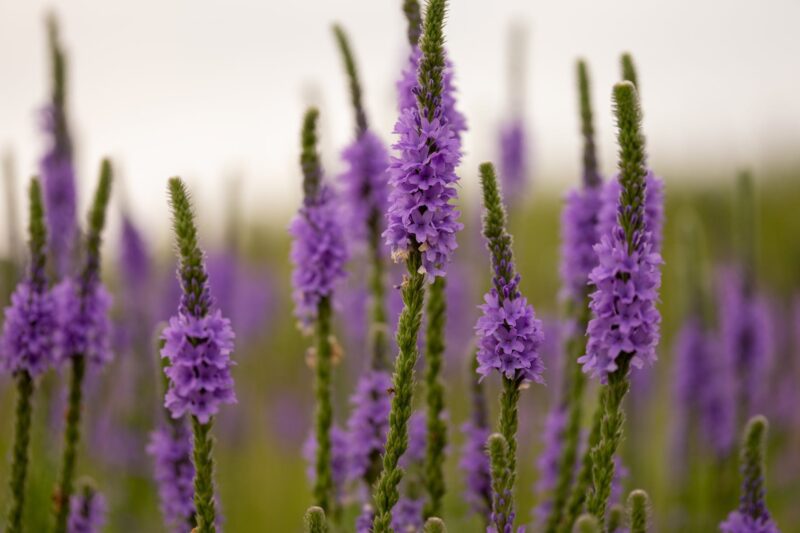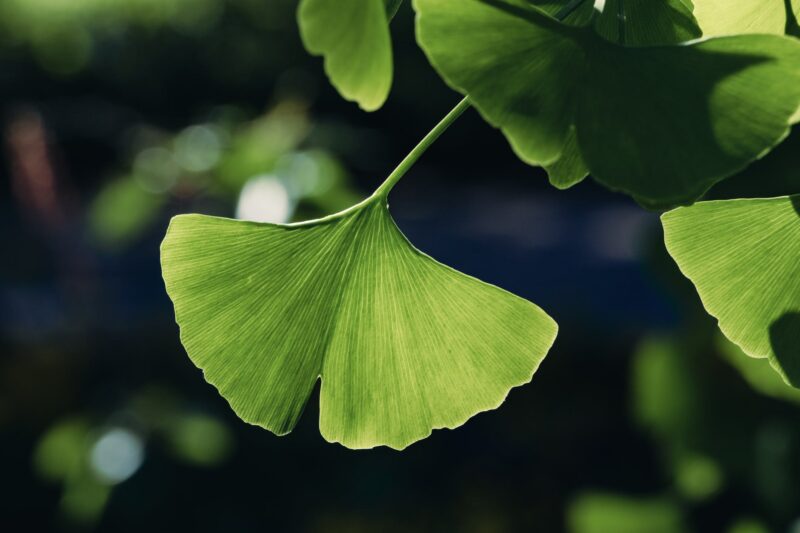In the early 1600s, the English gave the spice the name allspice because they thought it united the scents of cinnamon, nutmeg, and clove. It has a variety of functions in cooking and can be added to both salty and savory recipes. Allspice can be used in many different ways in the kitchen, and it also has some health benefits. Its antiviral, anti-inflammatory, and antioxidant characteristics can be used to treat everything from aches and pains to blood pressure control.
The West Indies and Central America are the original home of allspice, often known as Jamaica pepper or pimento. The dried fruit of the Pimenta dioica plant, an evergreen tropical tree that belongs to the Myrtaceae family, is used to make the genuine allspice spice. Additionally, the allspice plant’s leaves and wood are typically used to smoke foods. The leaves and fruits of allspice, which have marginally different colors and aromas from one another, are steam-distilled to obtain the spice’s essential oil.
Pimento, the trade name for allspice, is used in Caribbean Jerk seasoning and other well-liked meals in the Caribbean and West Indies. Additionally, many Mexican and Middle Eastern dishes include allspice as a spice.
Magical Purposes & Uses
An herb for achieving harmony amidst diversity is allspice. It is an herb that promotes objectivity, receptivity, tolerance, and comprehension. But like all fire-dominated herbs, it promotes order, harmony, and disciplinary standards. The herb allspice binds people around a common goal. To bring people of different perspectives together, you need strong moral leadership as well as empathy and understanding.
Mars and the Fire Element are in charge of allspice, which makes it beneficial for men and those with fiery personalities. It inspires bravery and fortitude in the face of difficulty. Additionally, it is a very protective herb, especially in risky circumstances. It is an herb that “lights a fire within” and encourages virility, drive, and unwavering determination. Allspice is a symbol of exceptional behavior and leadership.
You can use allspice as an anesthetic. When used as an oil, it can have a strong local numbing effect. The central nervous system is unaffected. This can increase the body’s resistance to some of the pain that comes from joint strain, insect bites, and stings, as well as injuries to the bones and muscles.
Analgesic properties of allspice are possible. It makes the nerves numb, which stops them from feeling pain or sending that information to the brain. It could provide pain relief, including discomfort from headaches, colds, and sinusitis.
Both an antibacterial and an anti-inflammatory can be made from allspice. helps to prevent serious infections and bacterial growth in wounds.
Eugenol, a component of allspice, may aid in reducing gas in the intestines, easing indigestion, unease, stomach aches, heaviness, rheumatism, cramps, and chest pain.
Allspice’s antimicrobial properties assist in enhancing immunity.
For relief from cramps and spasms, use allspice.
Allspice aids in reducing insomnia.
This herb promotes blood flow beneath the skin, and aids in digestion and bodily secretions, supporting a healthy metabolism. Additionally, it promotes the development of new cells and cell proliferation.
It can be used to treat arthritis, bronchitis, cough, and indigestion.
Allspice is frequently used to scent soaps.
Allspice, like cloves, can be used as a mouthwash to freshen your breath and as a paste to relieve toothaches.
It is widely used in English cooking as well as Caribbean food, where it is a staple of the jerk flavor. It is frequently added to stews and sauces, as well as used to pickle vegetables.
This website’s information is not intended to replace expert medical advice. All of the content on this website, including details about illnesses, medications, and treatments, is provided solely for informational purposes. Before beginning any alternative treatments, diets, supplements, or fitness regimens, please see a medical practitioner.





